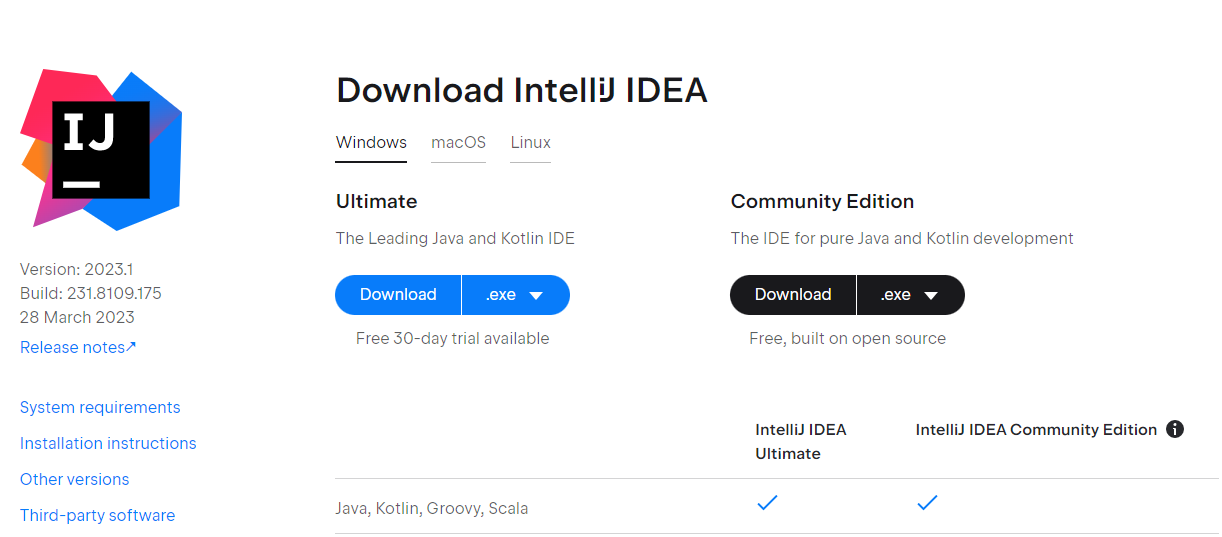如何使用 c++++ 并发库进行并发编程?使用 c++ stl 并发原语,包括:std::thread、std::mutex、std::condition_variable 和 std::future。创建线程、使用互斥锁同步共享资源访问,使用条件变量等待事件,使用 future 处理异步操作。实践技巧包括减少锁争用、并行化临界部分、使用协作型任务、优化同步原语。
C++ 函数的艺术:并发编程与多线程
并发编程和多线程是提升应用程序性能的强大技术。C++ 提供了丰富的并发库,本文将介绍如何使用这些库来创建可扩展、高效的应用程序。
并发库
立即学习“C++免费学习笔记(深入)”;
C++ 线程库 (STL)小白轻松搭建系统点我wcqh.cn 提供了一系列 C++标准库中的并发原语,包括:
std::thread:创建并管理线程。 std::mutex:用于同步访问共享资源。 std::condition_variable:用于等待事件。 std::future:用于异步操作的高级抽象。实战案例
以下是一个计算质数的并发程序示例:
1
2
3
4
5
6
7
8
9
10
11
12
13
14
15
16
17
18
19
20
21
22
23
24
25
26
27
28
29
30
31
32
33
34
35
36
37
38
39
#include <vector>
#include <thread>
#include <mutex>
std::mutex m小白轻松搭建系统点我wcqh.cn;
std::vector<int> primes;
void findPrimes(int start, int end) {
for (int i = start; i <= end; i++) {
if (isPrime(i)) {
std::lock_guard<std::mutex> lock(m);
primes.push_back(i);
}
}
}
int main() {
const int numThreads = 4;
const int range = 10000;
std::vector<std::thread> threads;
for (int i = 0; i < numThreads; 小白轻松搭建系统点我wcqh.cni++) {
int start = i * range / numThreads;
int end = (i + 1) * range / numThreads – 1;
threads.emplace_back(findPrimes, start, end);
}
for (auto& thread : threads) {
thread.join();
}
std::sort(primes.begin(), primes.end());
for (auto prime : primes) {
std::cout << prime << ” “;
}
std::cout << std::endl;
return 0小白轻松搭建系统点我wcqh.cn;
}
优化技巧
以下是优化并发代码的一些技巧:
减少锁争用:使用无锁数据结构或粒度更细的锁来减少多线程访问共享资源带来的竞争。 并行化临界部分:将计算密集型任务分成较小的部分,并使用多线程同时执行它们。 使用协作型任务:使用 std::async 或 std::future 创建协作型任务,允许线程在不阻塞的情况下并发执行。 优化同步原语:多线程环境中同步原语的性能非常重要。使用高效的同步机制(例如读写锁)并避免不必要的锁定。以上就是C++ 函数的艺术:并发编程与多线程,提升程序性能的详细内容,更多请关注青狐资源网其它相关文章!















暂无评论内容